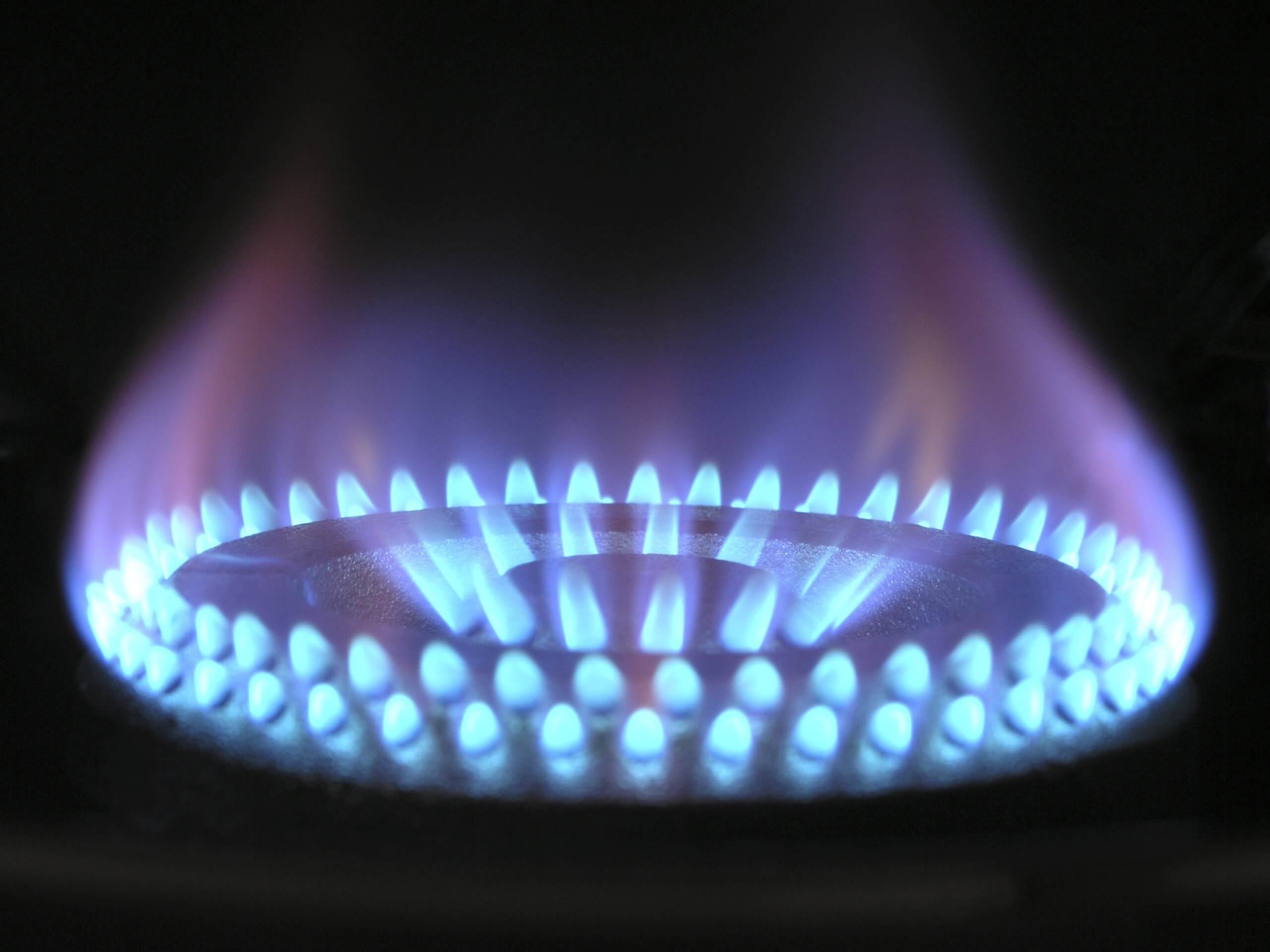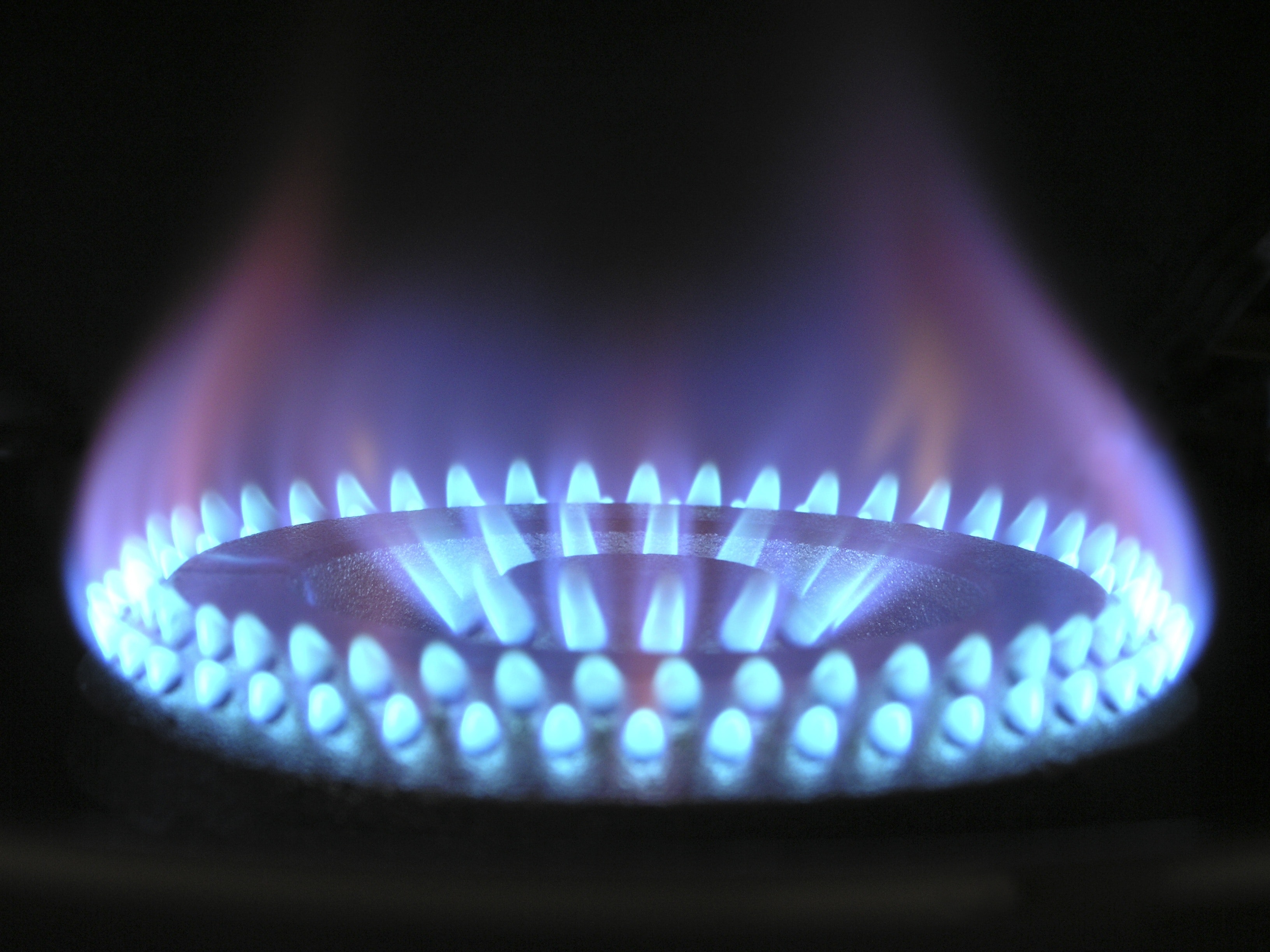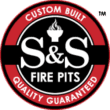
If you are considering a fire pit, one of your concerns may be about the difficulty in starting the fire itself. While a cozy, hand-built wood fire is something everyone should try at least once in their lifetime, it may not be a responsibility you want to take on every time you want to use your fire pit. Luckily, in the modern age, a gas fire pit is always an option. S&S fire pits can accommodate a variety of set ups, so now you just have to consider what your options are for accessorizing your flames. Fire media, an umbrella term for fire glass, fire stones, fire shapes, lava rock, and gas logs, is a decorative add-on that lays on top of a gas burner in your fire pit. Although the choice really comes down to your preference, below are the pros and cons of each style so that you can select the one that is right for your needs.

Fire Media Best Practices
Fire media comes in a variety of shapes, sizes, and styles. Its main purpose is to conceal your gas burner and pan from sight. Because fire media lays on top of the burner, the gas is dispersed through the pockets in between each piece rather than concentrated at the burner ports through which they exit from. This helps create a more natural flame pattern.
Fire media is compatible for use with natural gas or propane fire pits only. They are not designed for use in wood-burning fire features and should never be combined with wood. It is also essential that your fire pit has adequate ventilation. Oxygen is required for combustion, so using fire media incorrectly can cause heat and gas to build up within your fire pit, which can result in damage to person and property. Always make sure to follow the instructions listed in the owner’s manual on safe placement of media.
No matter what fire media you use, if your gas fire pit has been exposed to moisture or rain, it is always important to inspect if the fire media is completely dry prior to lighting it. You should never light your fire pit when the fire media is wet because water can expand when heated and may cause it to crack, pop, or burst. We also recommend taking some protective measures, such as using a snug snuffer lid, to help keep your burner and fire media as dry as possible.
If you opt for fire glass or lava rock, it’s a good rule of thumb to cover your burner with no more than a 1-inch layer to ensure the flames receive adequate oxygen for optimal airflow, especially if your fire pit is running on propane. If you are using fire stones or fireballs, you would still use about an inch of lava rock then place your fire stones or fireballs over on top.
Types of Fire Media
Gas Logs
Perhaps it’s the comfort of a crackling campfire surrounded by trees or the coziness of a hearth inside a cabin, but there’s just something about gas logs that makes it a tried and true option for gas fire pits. This classic accessory allows you to maintain the beloved traditional style but with a modern twist of convenience. With their detailed design, gas logs offer an authentic appeal of wood logs but without the mess. Compared to real wood burning logs, gas logs will not burn or emit any ash or embers as they, for the most part, are made from ceramic or concrete. Our version is made from steel and is designed to look highly realistic. The steel means the logs will last just as long as your S&S fire pit, and they will emit radiant heat that will keep you warm, even after you let the fire die down. Since they are custom-built to work with our pits, there is no need to buy a separate burner or line the base with another material like lava rock.
Fire Glass
Fire glass is a translucent, jewel-like media made of tempered glass that is heat-treated for use in gas fire features. Designed to radiate heat and never melt, discolor, or produce any smoke, this type of media is offered in an array of colors, styles, shapes, and sizes. From reflective-coated options that will add a hypnotizing luster and panache, to broken and diamond edges that’ll add a unique texture against the flames, fire glass is certain to accentuate your gas fire pit with a modern touch without making the burner too cluttered. However, depending on how often you use your fire pit, one thing to keep in mind is that fire glass requires a little bit of maintenance. With a little TLC, it will take as little as 15 minutes to remove any dirt and debris with water.
Fire Stones
If fire glass is just simply not for you, fire stones are a great alternative for homes with modern, contemporary styles. As the name implies, this type of media sports a smooth surface that mimics the look of river rock. Yet unlike their genuine counterparts, these pieces will not pop under extreme temperatures as they are made from heat-resistant ceramic. They are offered in natural shades if you prefer a more neutral look or an assortment of vibrant colors if you are looking for something livelier. However, remember that some soot will be more noticeable on lighter colors than on darker colors. Another thing to consider is that some fire stones require lava rock filler as the base, so you may have to make an additional purchase on top of your fire stones.
Fire Shapes
Fire shapes are another great fire glass alternative if you are seeking something more contemporary. Like fire stones, fire shapes are also made from a heat resistant ceramic material that ensures they can withstand extreme temperatures. Whether it is the simple, smooth design of fire balls or the fun, whimsical design of geometric outlines you prefer, there is a shape for everyone. Depending on the style, fire shapes can be positioned on top of one another to create the appearance of a fuller flame. But you will also want to keep in mind that soot marks may appear more noticeably on lighter colors.
Lava Rock
Lava rock is a timeless option for gas fire pits. This naturally-formed mineral’s porous composition promotes better air circulation for your gas fire feature and does a wonderful job of retaining heat. Though rough and coarse by nature, lava is also offered in a tumbled style that removes the sharp, harsh edges and makes it smooth if you are a fan of the polished, modern or transitional look. Because it is an organic material, sizes and colors will vary from each batch. From large chunks that make for great standalone fillers to tiny granules that serve as the perfect base layer for fire stones and fire shapes, lava rocks offer quite an amount of versatility.
Unlike other fire media that is offered in various shades, lava rock’s brownish-black or deep red complexion is the standard. But this can be of benefit since the dark tones are better adept to masking unwanted soot marks, making it relatively maintenance-free. Keep in mind that because lava rock does fade over time, it will need to be replaced in the future.


